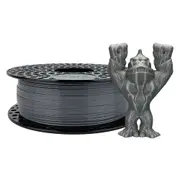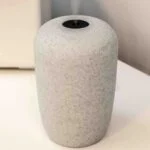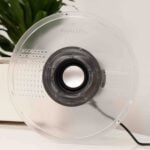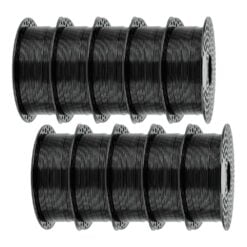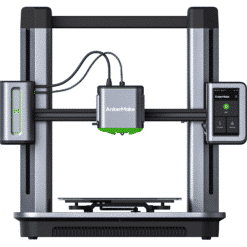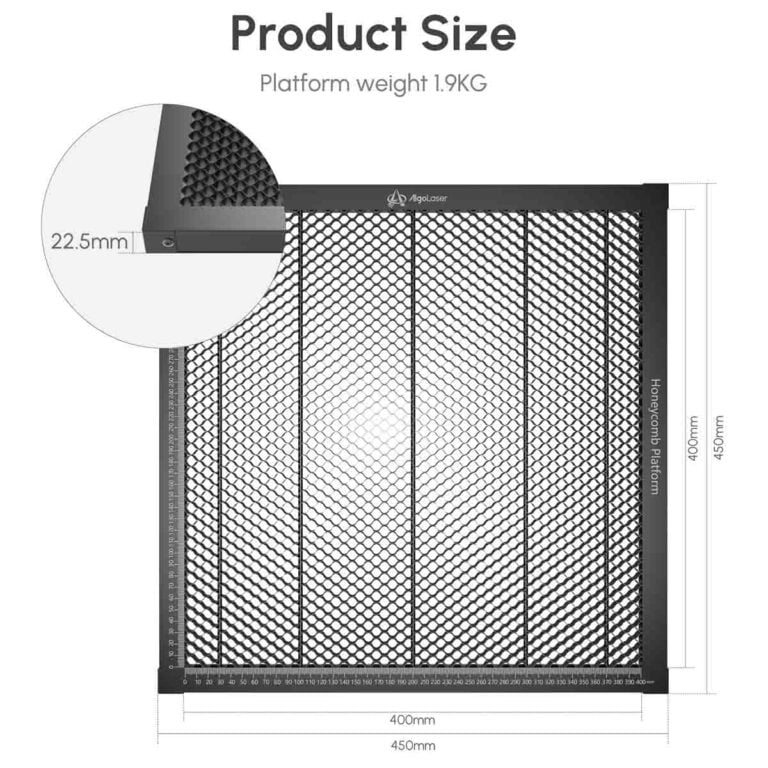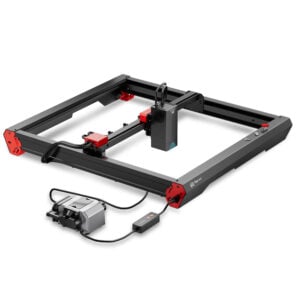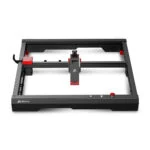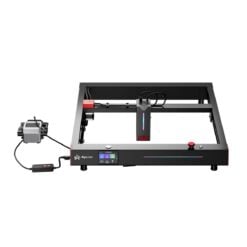Product of the week Refill PLA filament Green
Your next 3d printing partner
High-quality Refill PLA Filament in vibrant Green – eco-friendly, durable, and perfect for smooth 3D printing. Ideal for creative and professional projects!

About US
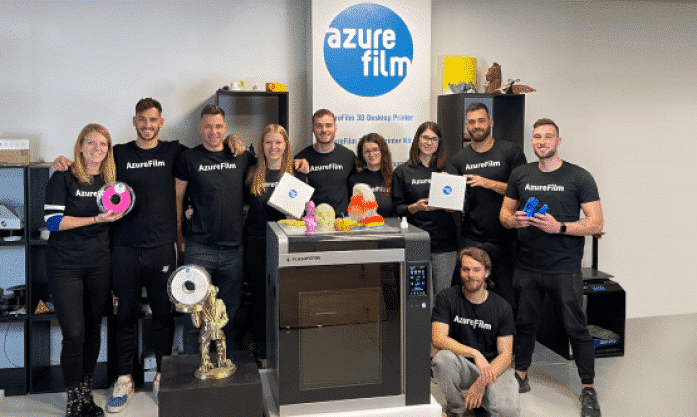
Our services
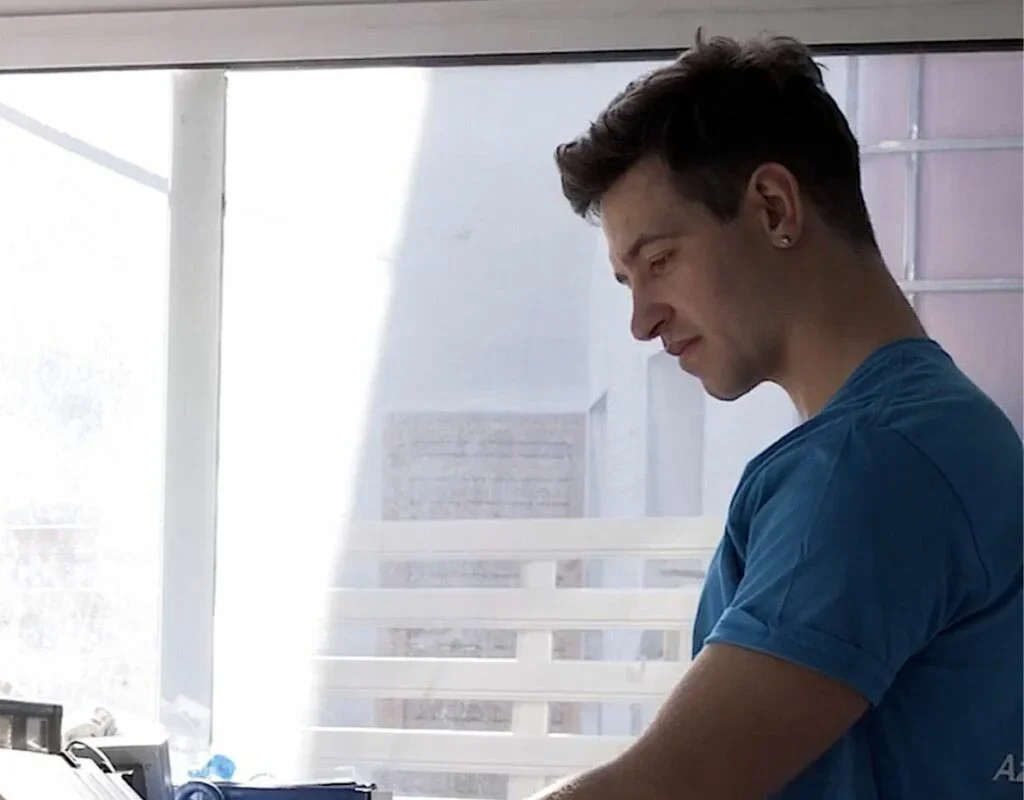
Filament manufacturing
As a leading manufacturer of 3D printing filaments, we provide high-quality filaments in various materials and colours, ensuring exceptional performance and stunning results for your 3D printing projects.
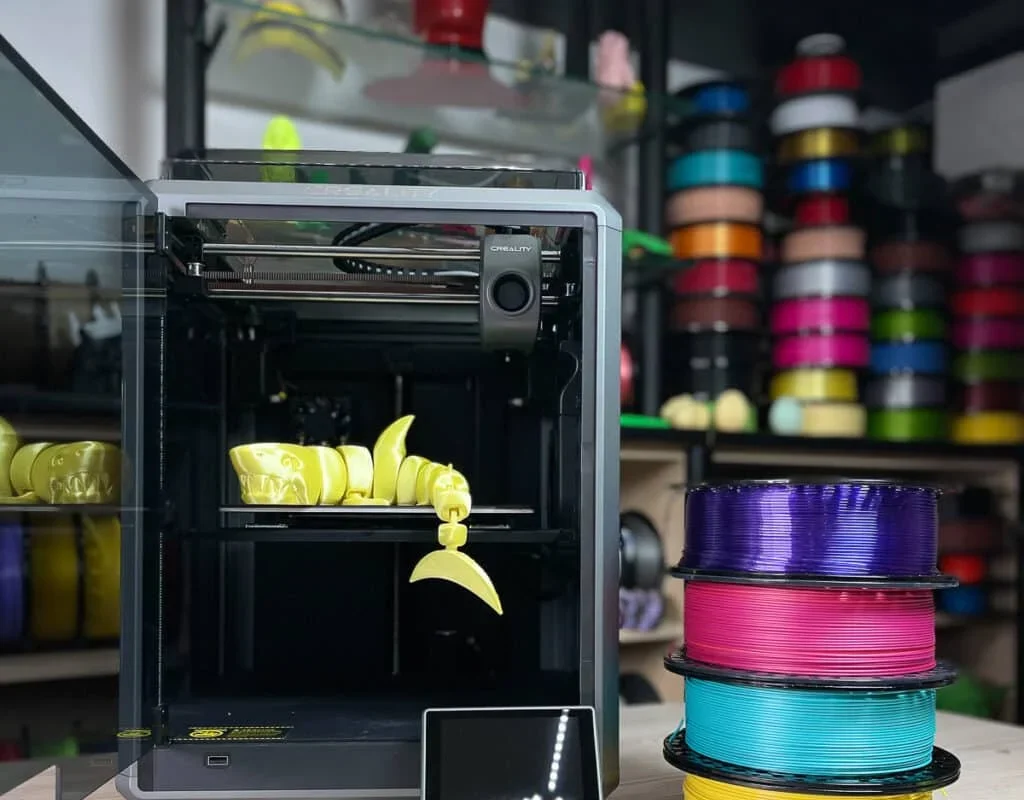
Everything for 3D printing in one place
We offer a comprehensive selection of 3D printing products, including filaments, printers, scanners, spare parts, and accessories, making us your perfect one-stop shop for all your 3D printing needs.
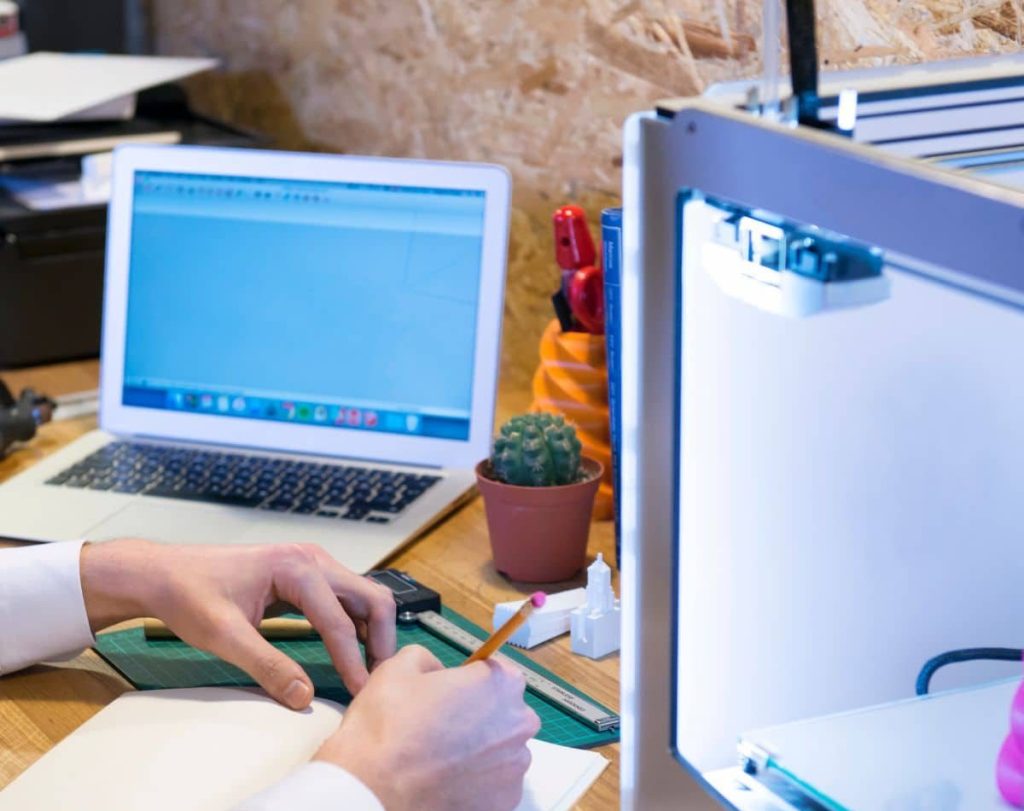
Innovations
We continuously explore new technologies, materials, and techniques, bringing you the latest advancements in 3D printing to ensure the best possible offer and quality of our products.
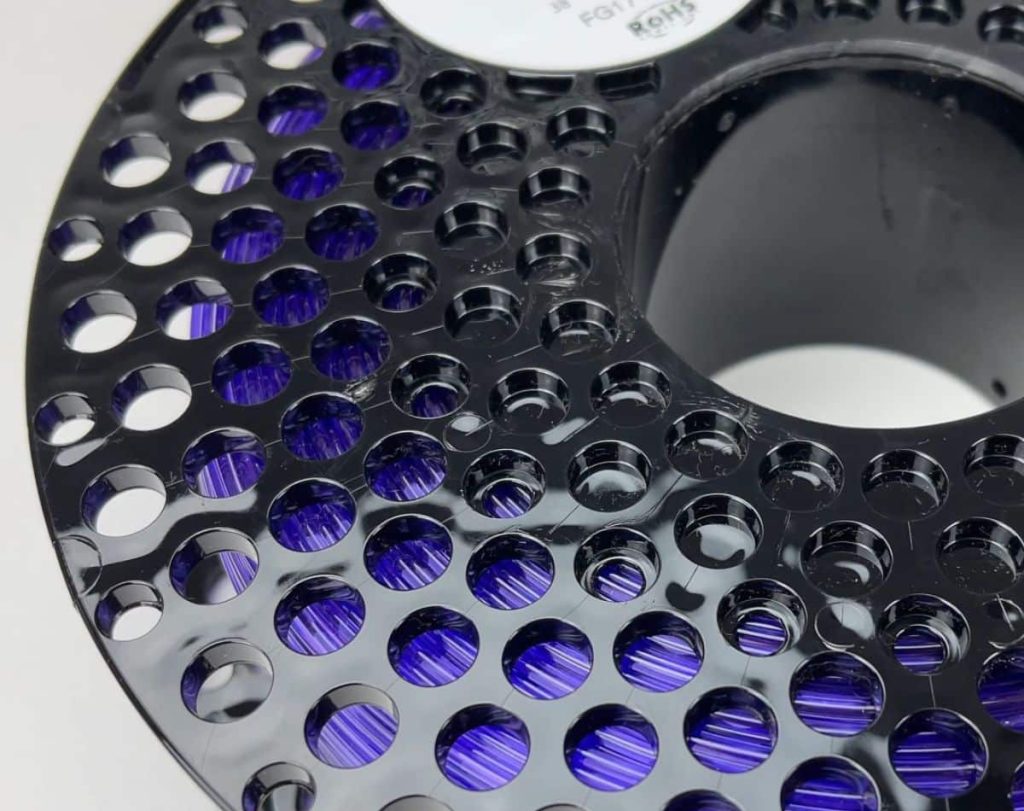
Private label
We continuously explore new technologies, materials, and techniques, bringing you the latest advancements in 3D printing to ensure the best possible offer and quality of our products.
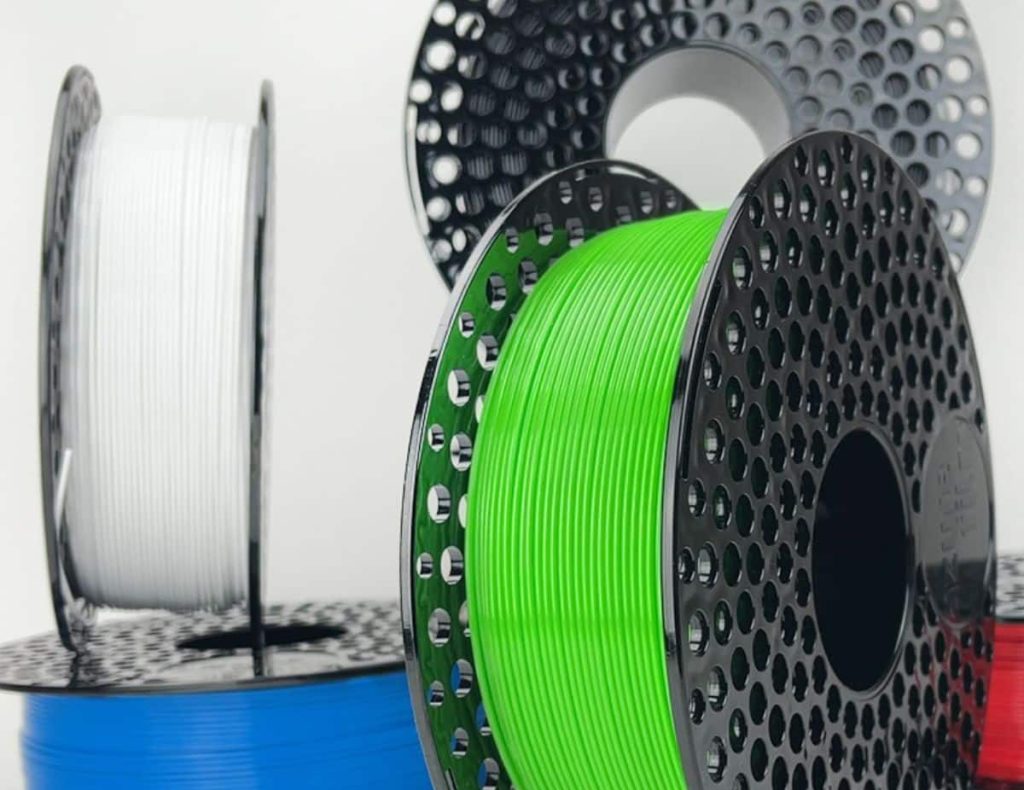
Color on demand
Unleash your creativity and tailor your filaments to match your exact colour preferences.

Complete B2B Support
We understand the unique needs of businesses in the 3D printing industry and offer dedicated services, such as bulk ordering, customized solutions, innovative products, reliable technical support, and marketing content to ensure your success on the market.
Refill your way to the 3D printing future
Our Refills are easy to use, eco-friendly, and a small step towards reducing waste while keeping your prints on point!
Here’s what makes our Refill collection awesome:
- 1. Fresh colors and materials added regularly
- 2. Works perfectly with AzureFilm Master Spool and Bambu Reusable Spool
- 3. Compatible with most 3D printers, including AMS Lite
- 4. Hassle-free assembly—just remove the straps and pop them into your spool discs
- 5. Straight tails to avoid tangles and ruined prints
- 6. No more piling empty spools
- 7. Affordable pricing and quick delivery
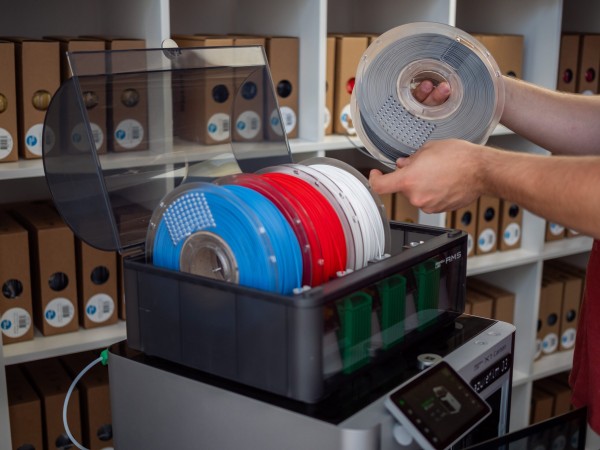
Our bestsellers
In stock
From 9,90 EUR
In stock
From 9,90 EUR
In stock
From 9,90 EUR
In stock
From 15,90 EUR
In stock
From 15,90 EUR
In stock
From 19,90 EUR
Shop by Brand
Real Reviews from Real Customers
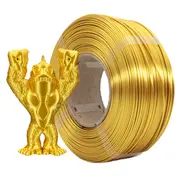
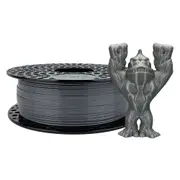
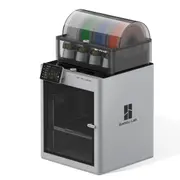
Frequently asked questions
What is 3D printing?
3D printing, or additive manufacturing, builds three-dimensional objects from digital models by adding material layer by layer. It allows for complex shapes with efficient material use. Precision and material range have improved, making it a crucial industrial technology.
There are many different 3D printing technologies, but the most popular ones are Fused Deposition Modeling (FDM), and Stereolithography (SLA).
FDM technology is the most popular and affordable. This technology uses 3D printers to create objects with 3D filaments. The filament is fed into a tube that pushes it into a hot extruder. The filament then comes out through a nozzle and is printed layer by layer on the build platform. FDM printers are perfect for beginners but also capable enough for advanced projects.
Learn more about FDM printing here.
SLA printers use resin materials that harden due to UV illumination. Compared to other printers, SLA technology allows objects to be more detailed. Printing takes longer and the print volume is much smaller. These printers are usually used in the jewellery and medicine industries.
What types of 3D printers are available?
Explore our online shop’s extensive 3D printer collection. Whether you prefer FDM or Resin 3D printers, discover the perfect fit for your needs. Our range includes:
FDM 3D Printers: Fused Deposition Modeling (FDM) technology is suitable for beginners and advanced users. These printers use 3D filaments melted through an extruder to build objects layer by layer.
SLA or Resin 3D Printers: These printers operate with Stereolithography using resin materials cured by UV light. This technology is ideal for detailed objects and is mostly used in industries like jewellery and medicine.
3D Pens: Create three-dimensional drawings in the air using PLA filaments, suitable for children, teenagers, and creative enthusiasts.
What materials can be used in 3D printing?
How do I design or create 3D printable objects?
What are some common problems and troubleshooting tips in 3D printing?
What are the diameters of our spools?
What is a Master Spool?
Contact Us
Tell us about you and your project using the contact form below.

